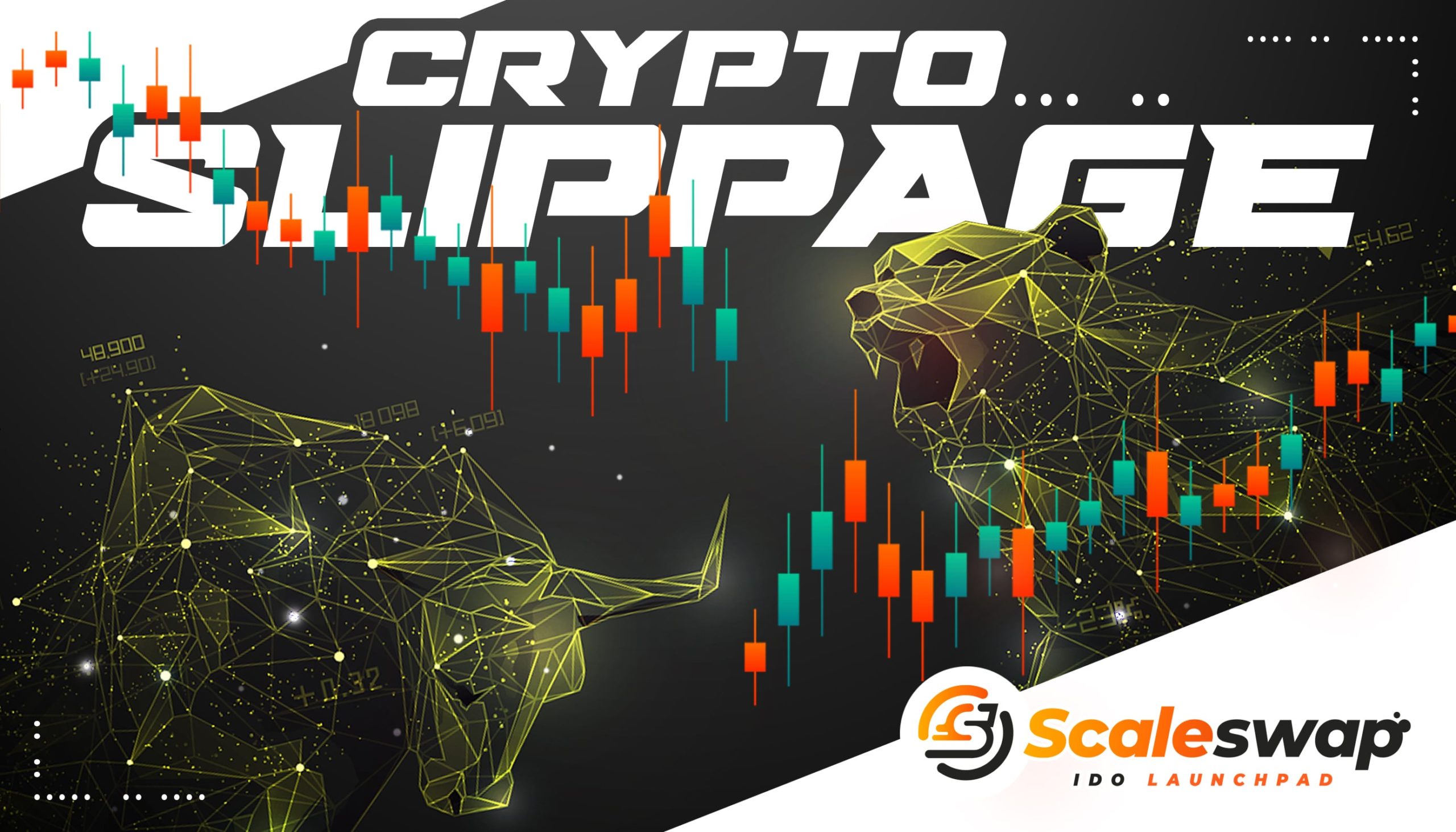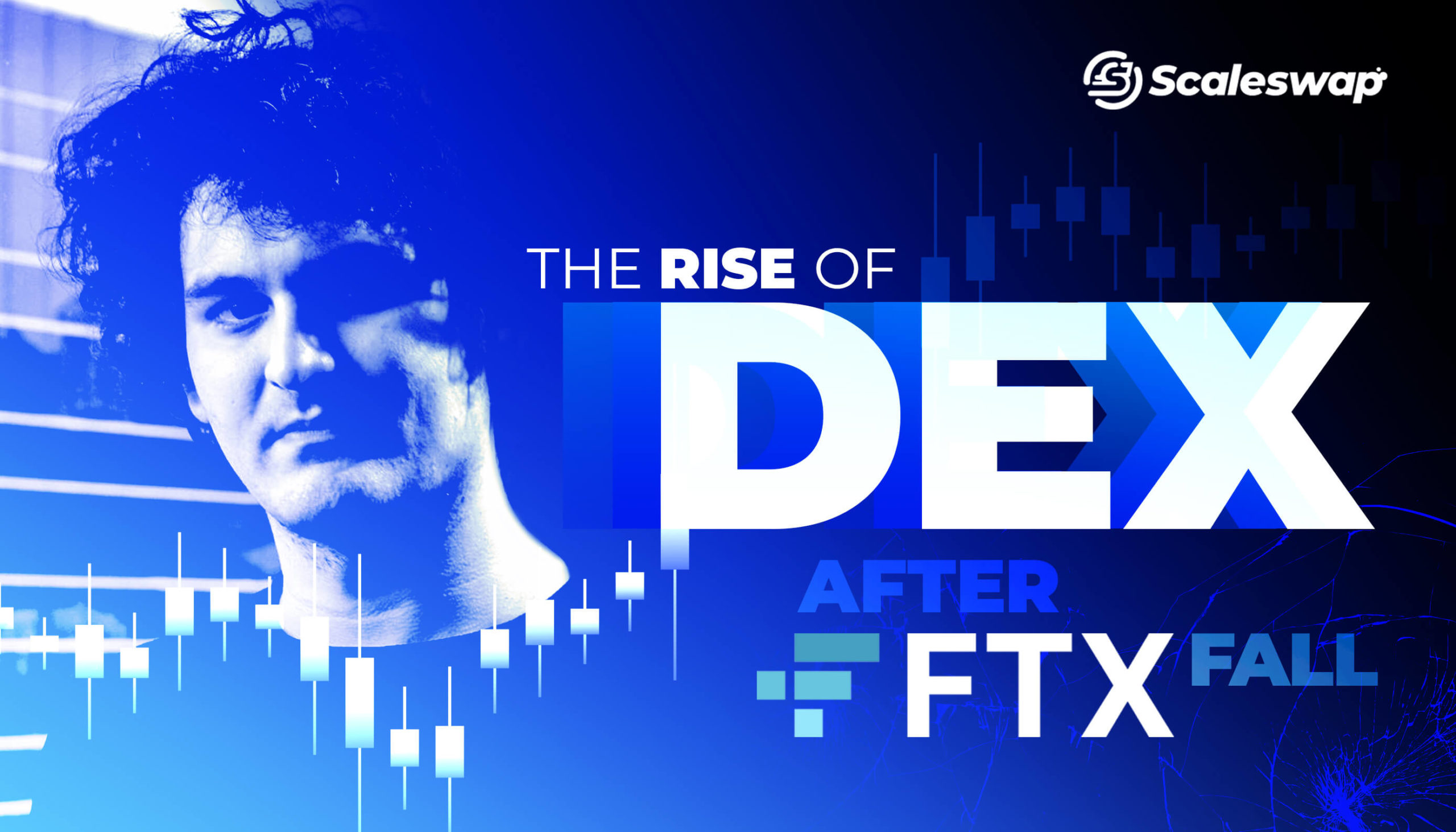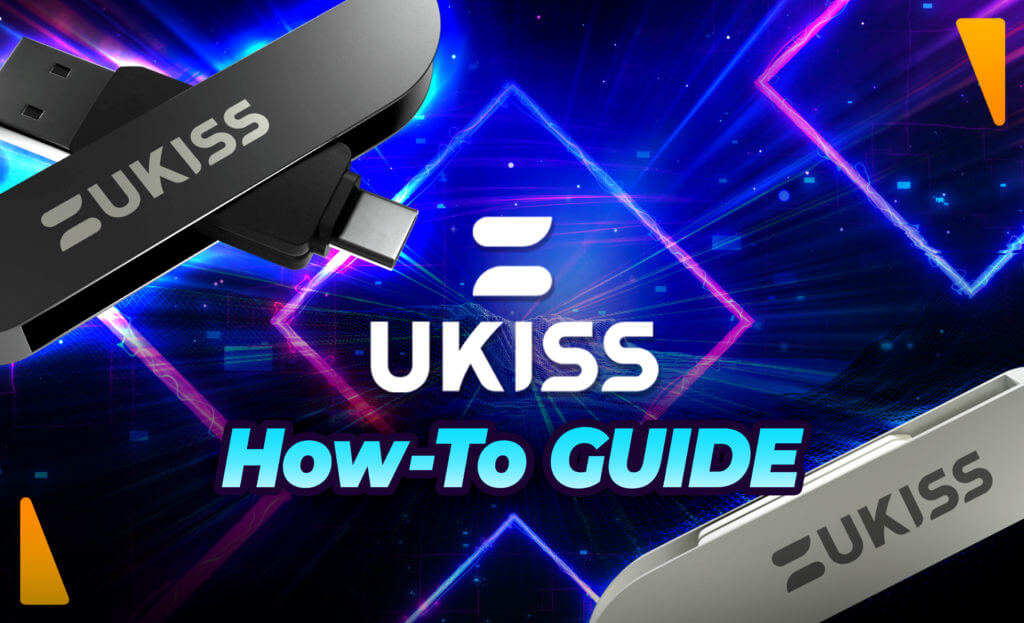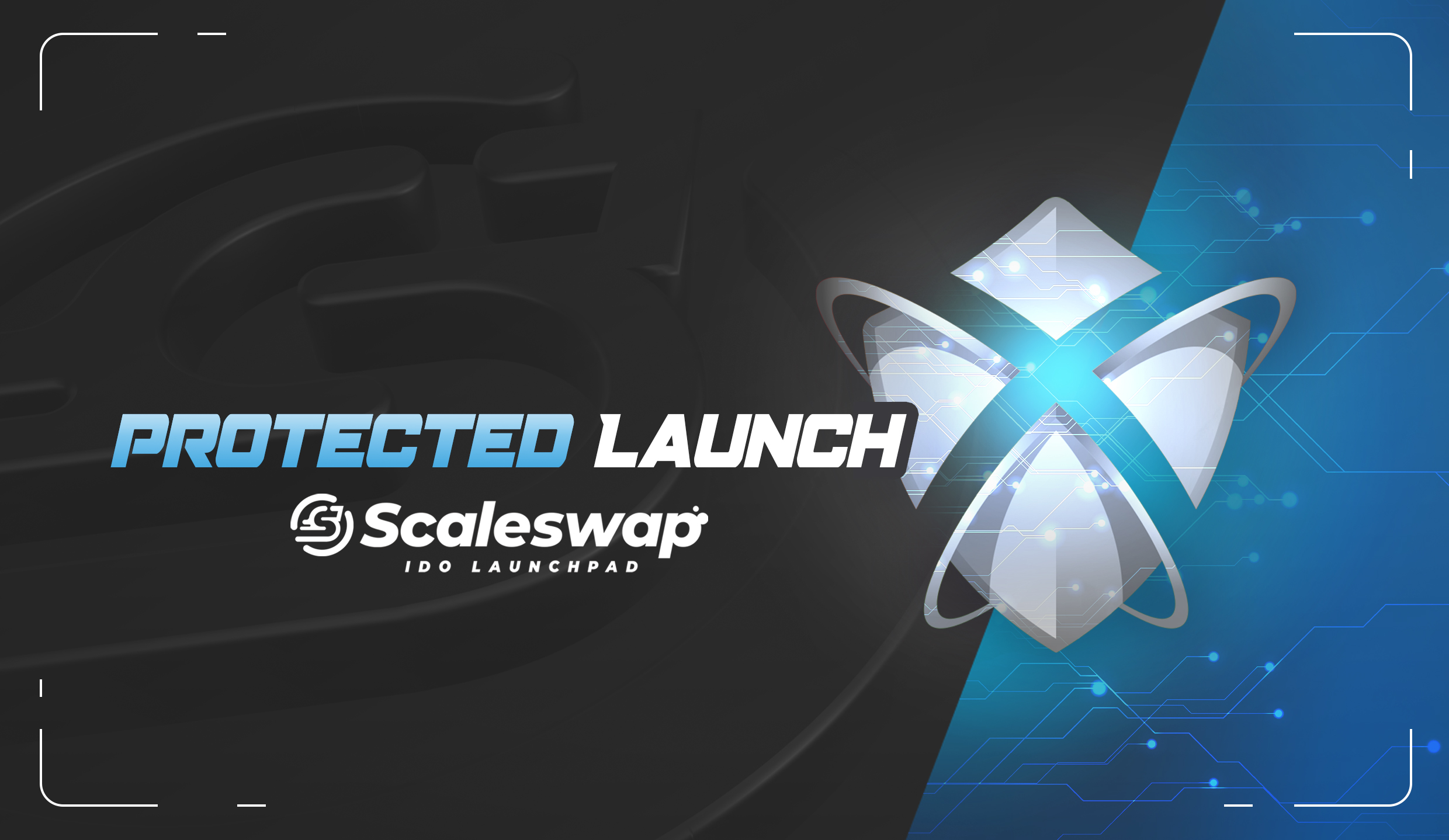When it comes to getting started with crypto trading, there are many things that can happen that are touch-and-do, unsuspecting, or that you may not understand. Sometimes you might notice that your balance is higher or lower than you expect after a trade, which can lead to frustrations or maybe even a pleasant surprise. One of the major things about trading is making sure all the factors are taken care of to make sure you have the right balance. Among many factors, one that is often unnoticed is the issue of slippage in crypto trading.
What is crypto slippage you may ask? It’s an easy question that comes with a complex answer. Let’s take a look at how most people define slippage, the different types that exist, how you can calculate this in your day-to-day experience with it, and how to avoid it altogether in the crypto realm.
What is Crypto Slippage?
In short, slippage is the difference between what you are expected to pay at the time of a trade and the amount you actually pay at the time of trade execution. This can come in all shapes and sizes but usually occurs after a market trades. Most often slippage is measured as a percentage and it is often displayed by an exchange or DEX. Some DEXs allow you to adjust slippage as you’d like as with exchanges like UniSwap and SushiSwap. In a few instances, sometimes a slippage is present but cannot be seen until after the trade is executed.
Slippage occurs for many reasons but in most cases, it results from changing the execution price to match a certain number of market trading demands or uncertainties. For example, if you are trying to buy Bitcoin at $30,000 on a market order, there may be too many people trying to do the same thing. In this case, slippage could get reduced in this example, let’s say to $30,030, for a difference of $30 slippage, or 0.1%.
Positive and Negative Slippage
Slippage is generally reserved as a bad thing during a market order exchange but this is not always the case. When there is slippage occurring for a trade it is either positive or negative slippage.
- Negative Slippage: Negative slippage means that the difference between the price selected and the actual price that was executed results in a negative price difference. This is what most people traditionally think of when slippage occurs. The negative price difference means the user or parties involved must pay an additional amount to make up for the slippage. In the example above, the negative slippage was $30 so the user unexpectedly pays that extra amount to execute the trade.
- Positive Slippage: this is the opposite of negative slippage which creates a positive amount whenever there is a difference between a trade desired and a trade executed. For this example, let’s say you wanted to buy one Ethereum for $2000 but because of certain dynamics in the order books, the trade is actually executed at $1950. This results in a cheaper Ethereum price for the user and you gain $50 in value due to the slippage. So, sometimes this common phenomenon can work in favor of the user.

Sometimes negative slippage is also used by the user intentionally to override the order books and get into their desired position. In this case, a user can use a platform that lets them select their own leverage, increase it as desired, and execute the swap. This happens when someone wants a desired position and is willing to get ahead of the order books just to gain a position they feel confident in. The danger of this is twofold, however. In many cases, the slippage will reduce the value greater than a user might want. Additionally, if slippage is too high, a trade might be front-run.
How to Calculate Slippage
In as many cases as possible, it’s important that users understand how to calculate slippage so they can expect this fluctuation between desired and executed trades. Slippage can eat into your portfolio so it’s important to not only identify it but how to measure it for your trades and even avoid it if it’s too high.
There are a few different ways to calculate slippage. The most basic method is to take the difference between the expected price and the actual price, then divide it by the expected price. For example, if you expect to buy an asset at $100 but it ends up costing you $105, your slippage would be 5%. Another way to calculate slippage is by taking the difference between the highest bid price and the lowest ask price. This is known as the bid-ask spread. For example, if the highest bid price is $100 and the lowest ask price is $105, the bid-ask spread would be 5%. The bid-ask spread is a good indicator of liquidity. A tight spread indicates that there are plenty of buyers and sellers and that it’s easy to trade an asset. A wider spread indicates that there are fewer buyers and sellers, and it may be more difficult to trade an asset.
Slippage can also be calculated using the mid-market price. The mid-market price is the average of the highest bid price and the lowest ask price. For example, if the highest bid price is $100 and the lowest ask price is $105, the mid-market price would be $102.50. To calculate slippage using the mid-market price, take the difference between the expected price and the mid-market price, then divide by the expected price.
How to Avoid Crypto Slippage in Trading
Overall, slippage is nearly unavoidable in theory because a user needs to understand that it exists and may happen to them. Despite the existence of slippage, there are a few ways that a user can prepare to avoid it as much as possible or pay as little negative slippage as possible.
To minimize slippage in crypto trading, you can try to trade during times of low volatility. This method will reduce slippage by default because it usually occurs when a lot of people are trading at the same time and asking for the same price and making the spread higher. Trading during times of lower volatility means the spread is also lower, meaning a more accurate price should happen.
Second, you can use limit orders rather than market orders. Limit orders allow you to specify the price at which you’re willing to trade, so you’re less likely to experience slippage when trading crypto assets.
Finally, advanced traders can use a trading bot that is designed to minimize slippage.
Is There Slippage on Scaleswap?
Slippage is never a concern on ScaleSwap when participating in IDOs because the terms of your orders are predetermined and locked in place for each IDO. So, you can rest assured that the swap you make is always the price you were expecting.
With Scaleswap, participating in the early fundraising rounds of innovative projects has never been easier or more accessible. To learn more about the benefits of participating in IDOs and how to get started, be sure to check out this introductory article.
Conclusion
Slippage is often the dark horse in the crypto trading world that can unsuspectingly eat into someone’s portfolio. It’s very important to understand that there are different types of slippage, how to calculate them, and how to minimize or avoid it altogether if possible. At the very least, the potential for crypto slippage should motivate a trader to think through their actions carefully and analyze where every single dollar is going.
Being prudent with these things can make the difference between a good trade, a great trade, or no trade at all.


 Scalescore
Scalescore







